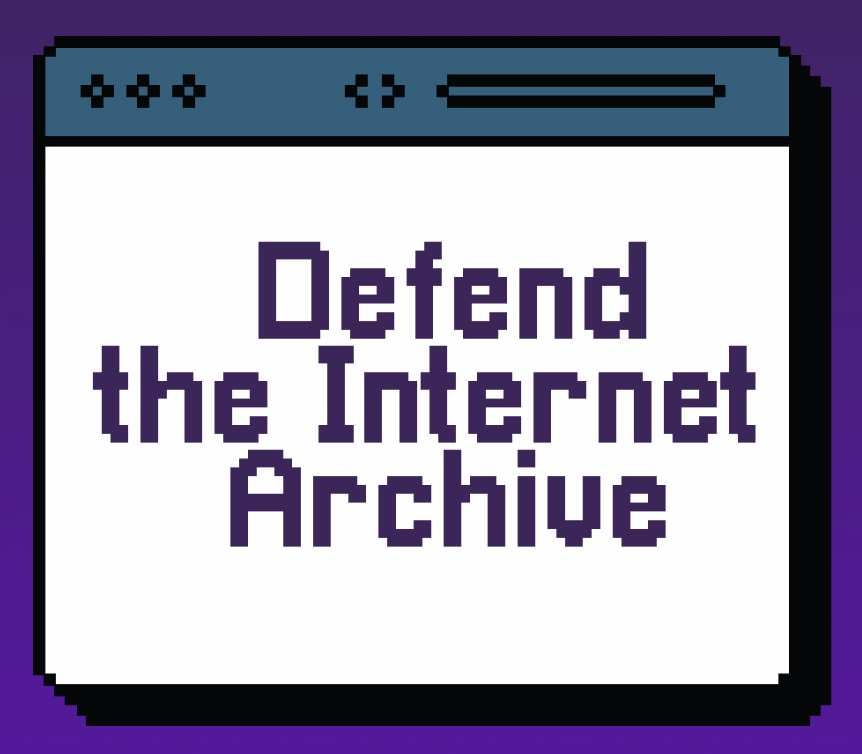In an effort to keep this short, I’ll keep details light.
Years back, when Google opened up Google Music to invite-only, I got an invite and joined up, copying about 600 audio CD’s into their care.
When they shut down Play Music (as it had become known), and transitioned to YouTube Music, I bailed and said fuck it. I didn’t want to deal with whatever YT had in store for me.
Fast forward to last week, and I realized that my uploads were still visibly in YT Music. I thought they would have been disappeared, but as they weren’t, I jumped over to Google Takeout and configured a 40GB download of my music.
This prompted two discoveries:
-
I hadn’t realized just how much music I was missing that I used to play often. I have been rediscovering so much incredible music!
-
Despite my music being completely ID3 tagged when uploaded, and remaining that way when in the cloud, and still showing all that metadata in YTM, Google Takout gave me my music files in one big flat folder.
So because of point #2, I have spent the better part of a week working with Muscibrainz Picard to properly re-identify my music.
On one hand, I am very pleased to have my music back. The CD’s are still in my possession, but in storage about 2,000 miles away from me. I don’t even own a CD player anymore…
On the other hand, If Google had simply kept the music in album-specific folders, I would have had no trouble, but instead, here I am.
Why does that matter, you may ask? Well, my media player (Strawberry v.1.0.21) does a wonderful job of scanning already-applied metadata, but didn’t know what to do with close to 3k of files.
For example, I have one artist’s entire discography from 1991 up to 2012, which includes 27 albums, four of them live performances. So in the flat folder, I have “Good Song.mp3,” “Good Song(1).mp3,” “Good Song(2).mp3,” “Good Song(3).mp3,” “Good Song(4).mp3” etc. For some reason, Google stripped out some metadata, and even Picard can’t really help automate this, so I’ve been manually identifying (listening) to tracks and rebuilding the library.
This has been most tedious in cases like above, where a studio album inexplicably has a live track replacing the “normal” track. It’s not really a bad thing for me to have to listen to my music in it’s entirety, but it definitely didn’t have to be this way.
Lastly, in keeping with my title, I want to point out that not one of my purchased albums was available for download. I checked all boxes with YT except videos, but only received an “uploaded” folder with all my physically-owned albums. It’s pretty frustrating, even with this pleasant surprise that my uploaded albums are available, the loss of purchased titles is a suck I didn’t expect (but in hindsight, should have).
A Final Note: I only have about 200 songs left to ID and organize, so any helpful suggestions to help me are moot at this point. I’ll close by saying that I had hoped Picard’s AcoustID would have helped more, but it often split one album into three or more different releases that I then had to reorganize manually.


Since some may want to critique my process, here is how I merged the takeout media into my current library:
%albumartist/%album{ (Disc %disc)}/{%track - }%title.%extensionformat.The hardest chunk of my collection to organize and ID was my collection of Johnny Cash albums spanning the 60’s to the 2010’s. Picard really wanted me to have fifteen different version of each album in some cases. Track 1,3,7 on one album, track 2,4,5,11 on another, track 6,8,9,10 … you get the point. It was a shame to find that Acoustic ID is not useful here. I wonder if I did something wrong, or if the database has been made useless by users who misidentified their music and submitted their fingerprints. I don’t know. The only solution to this would be for me to have my physical discs in my lap and comparing their catalog numbers to the list of available options in Picard.
That said, Picard was still the best match in most cases, and the flexibility of the interface, in addition to the lack of crashing and errors made it the best tool I found to use.